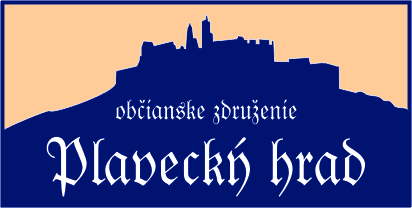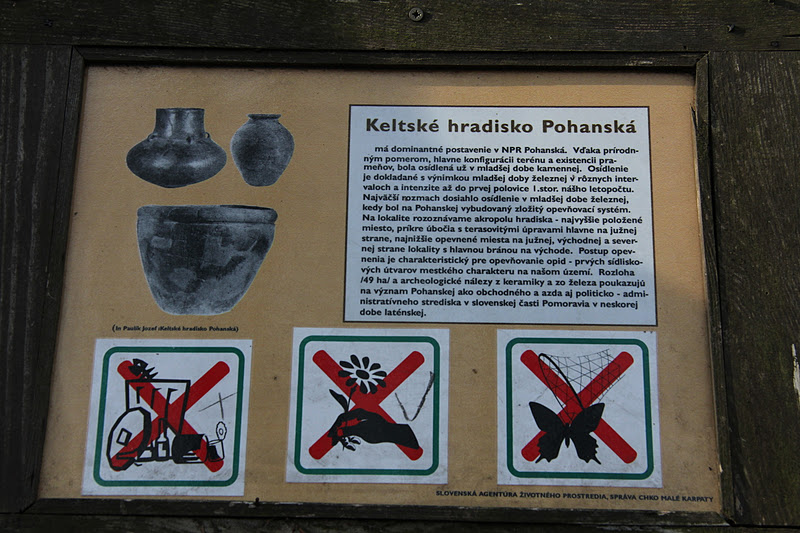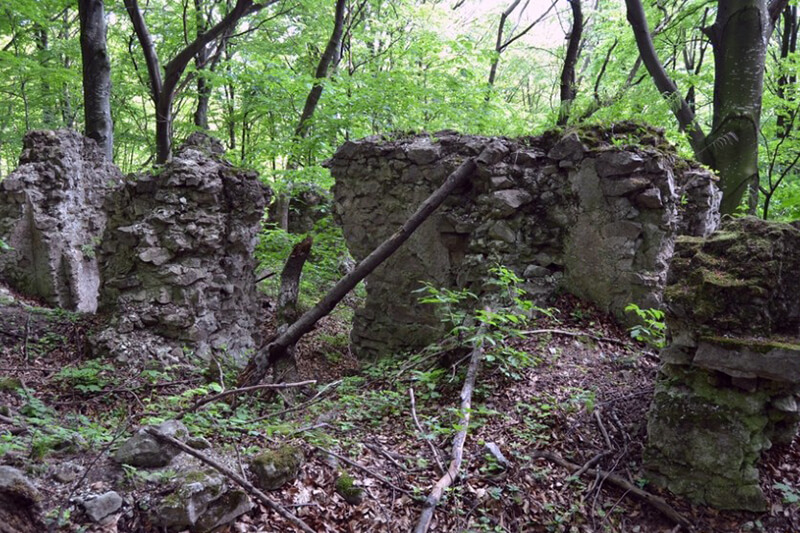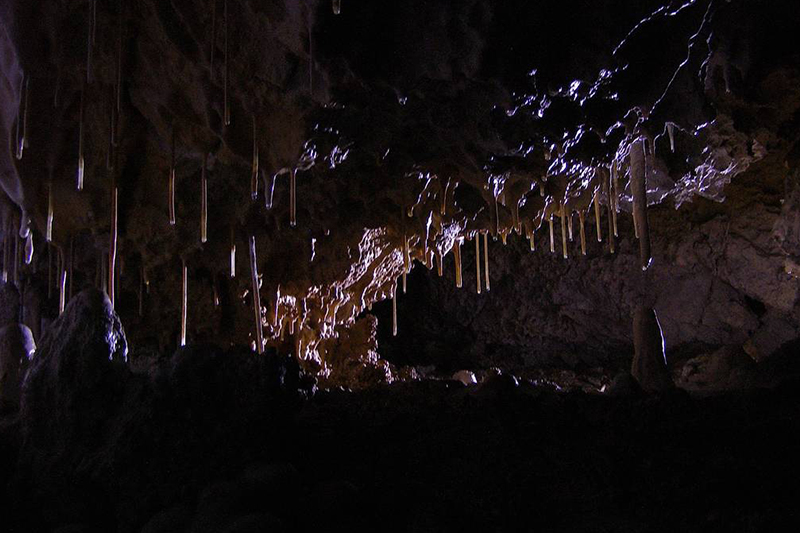Surrounding area
Celtic Oppidum – Pohanská
Directly opposite the castle, there is a hill with the remains of a Latenian hill fort called “Pohanská”. The beginning of the settlements on the hill date back to the late Bronze Age, the peak of its existence is represented by a Celtic hill fort from the 2nd century BC. At that time, a massive wall fort was created, the remains of which still surround the upper part of the hill.
Monastery in Plavecké Podhradie
The southern hillsides of Pohanská, just above the village, the remains of a church from the middle ages are hidden at the edge of the forest. The outside walls of the naves remain from the structure, with remnants of the baroque portal and most of the gothic Presbyterium.
National Natural Reserve Pohanská
In the area around the castle is the National Natural Reserve Pohanská, spreading along the hillsides of the castle hill, Pohanská and Skalka. It is rich in diverse plant life (allium flavum, allium ursinum, pulsatilla grandis) and wildlife (Saker Falcon, Common Kestrel, Eagle Owl, Anguis Fragilis, Aesculapian snake and several kinds of lizards).
Plavecká cave
The northern part of the castle hill hides the entry to the Plavecká cave. Its history dates back to 1790, when it was discovered by an unknown shepherd, later in 1815, its first map was created and in 1885, its description. It was the first publicly accessible cave that the tenants of the Pállfy estate also used for storage. The cave is several hundred meters long. Currently, 717 meters are mapped and it is presumed that it is 850 meters long in total. Prior to the First World War, it was made accessible by order of count Pállfy but today, it is closed to the public. It is a significant biotope for numerous colonies of bats.





